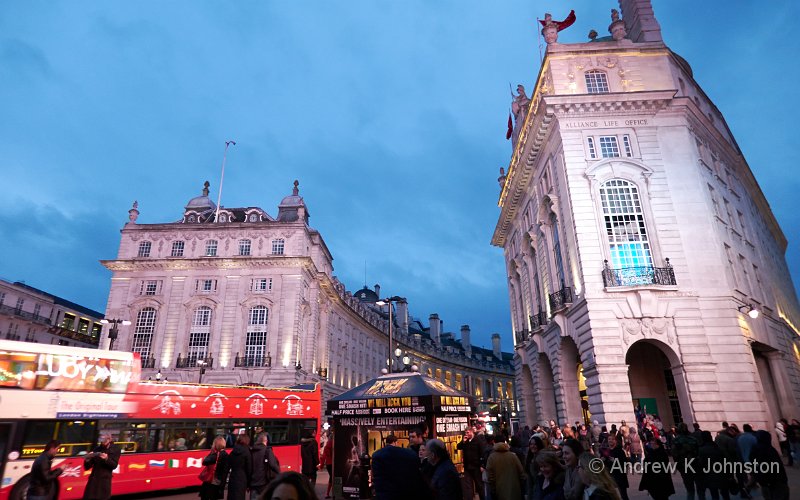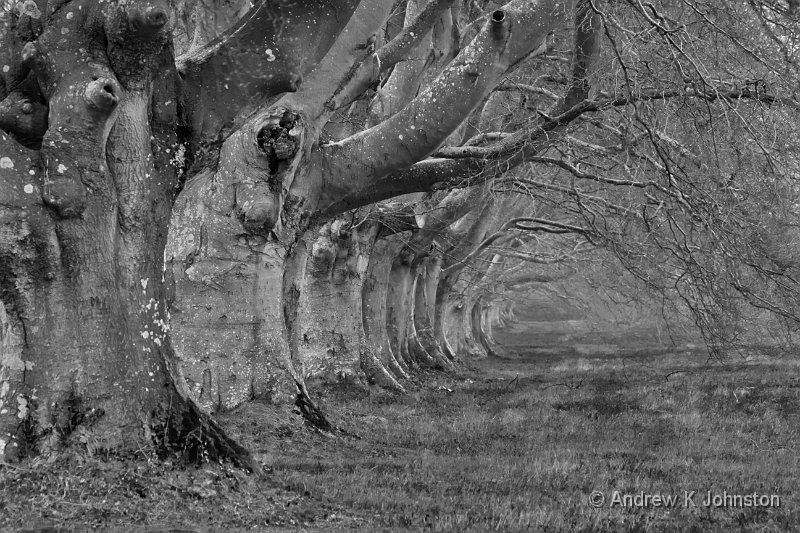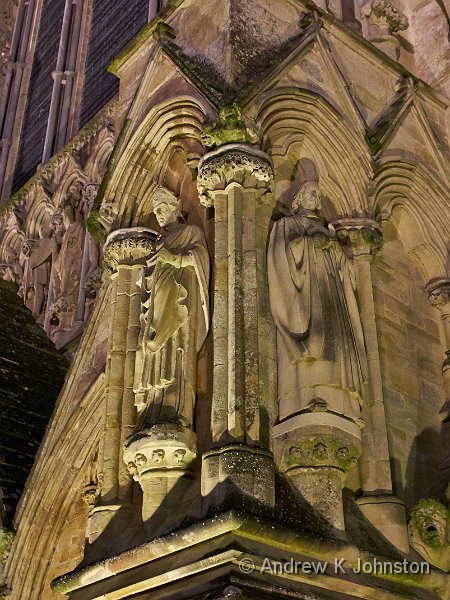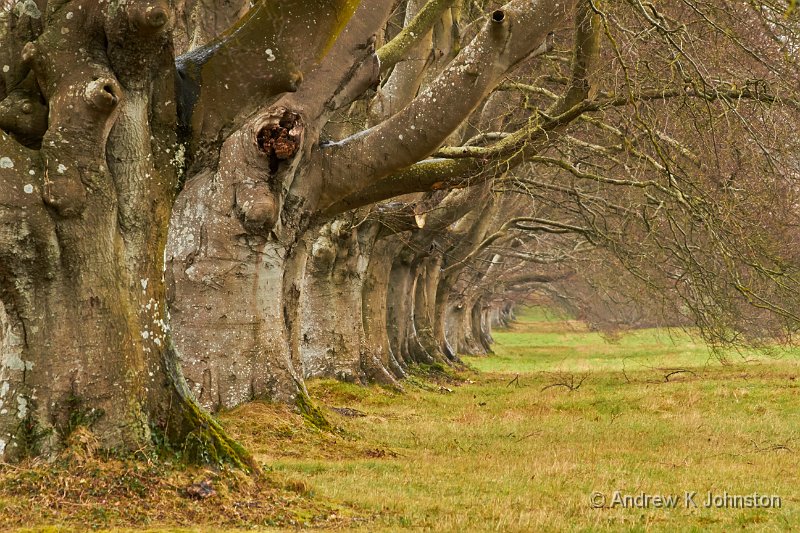After a couple of months of busy early morning and late night programming, my first Android app has finally been released. Please meet Stash-It!
Stash-It! responds to an odd side-effect of the difference between the iOS and Android security models. On the iPad, there are a large number of applications which offer an “all in one” approach to managing a group of related content. These are a bit frustrating if you want to share files transparently and seamlessly between applications, but there are times when you want to manage a group of files securely, and then the iOS approach is great.
Android is the original way around. The more open file system and component model encourages the use of specialist applications which do one job well, but it can be a challenge to keep related files of different types together, and hide them if you don’t want private client files or the like turning up un-announced in your gallery of family photos!
Stash-It! tries to plug this gap, by providing an “all in one” private file manager, tabbed browser and downloader for Android. You can get all these functions independently in other apps, but Stash-It! is the only one which brings them together in one place. It’s the ideal place to keep content you want safe from prying eyes: financial and banking records, health research, client documents. I suspect a few will even use it for a porn stash, but that’s not its only use! 🙂
There are built in viewers for most common image and movie formats, plus PDF and web files, so you don’t have to move these outside the application to view them. However when you do need to use an external application Stash-It! has a full suite of import and export functions to move your files or open them with other applications.
It took a while to design the security model. Stash-It! encrypts the names of files so that they can’t be read, and won’t be visible to the tablet’s gallery and similar applications, but the content of your files is untouched, so there’s little risk of losing data. Hopefully this strikes a sensible balance between privacy and risk.
Even if you’re not too worried about privacy Stash-It! is a great place to collect material related to as particular project, with all your different file types and web research in one place. You can bookmark web links, but also positions in video files or PDF documents. Web pages can be saved intact for reference or offline reading. Again you can do a lot of these things in separate apps, but I believe Stash-It! is the first one to bring all these functions together where you might want them.
I’ve got a lot of ideas in the pipeline to improve it further, but its now time to test the market and see whether I’ve spotted a gap which needed plugging or not.
Take a look and let me know what you think!
Here’s the Google Play Page. You can also read the helpfile.

 List
List Abstract
Abstract One+Abstract
One+Abstract




 Thoughts on the World (Main Feed)
Thoughts on the World (Main Feed) Main feed (direct XML)
Main feed (direct XML)